
Assessing biodiversity indicators in Santa Monica
The City of Santa Monica has been ahead of the curve in terms of sustainability efforts. The city was the among the first to develop a sustainability report and provide…

The City of Santa Monica has been ahead of the curve in terms of sustainability efforts. The city was the among the first to develop a sustainability report and provide…
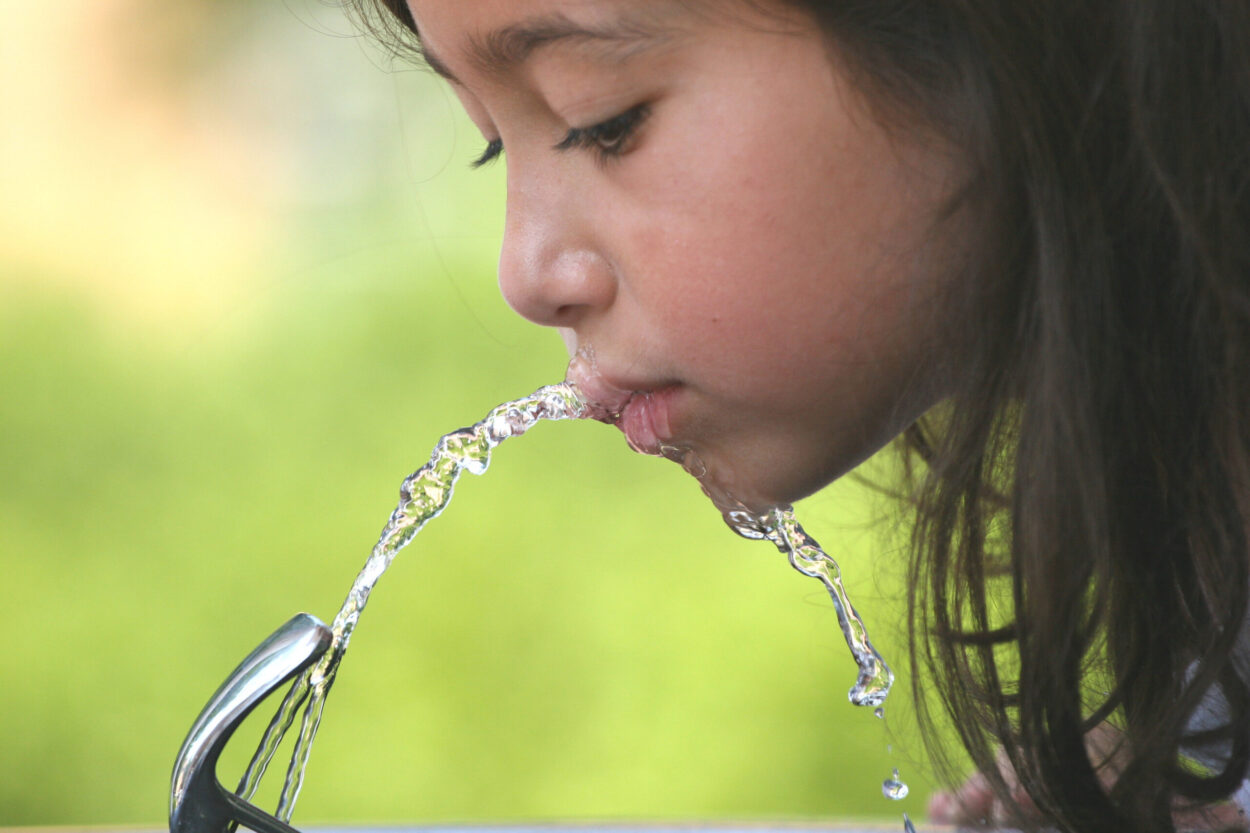
Lead is a potent neurotoxin that continues to endanger the health and wellbeing of communities across the greater Los Angeles area. Researchers have identified lead hazards present in soil and…
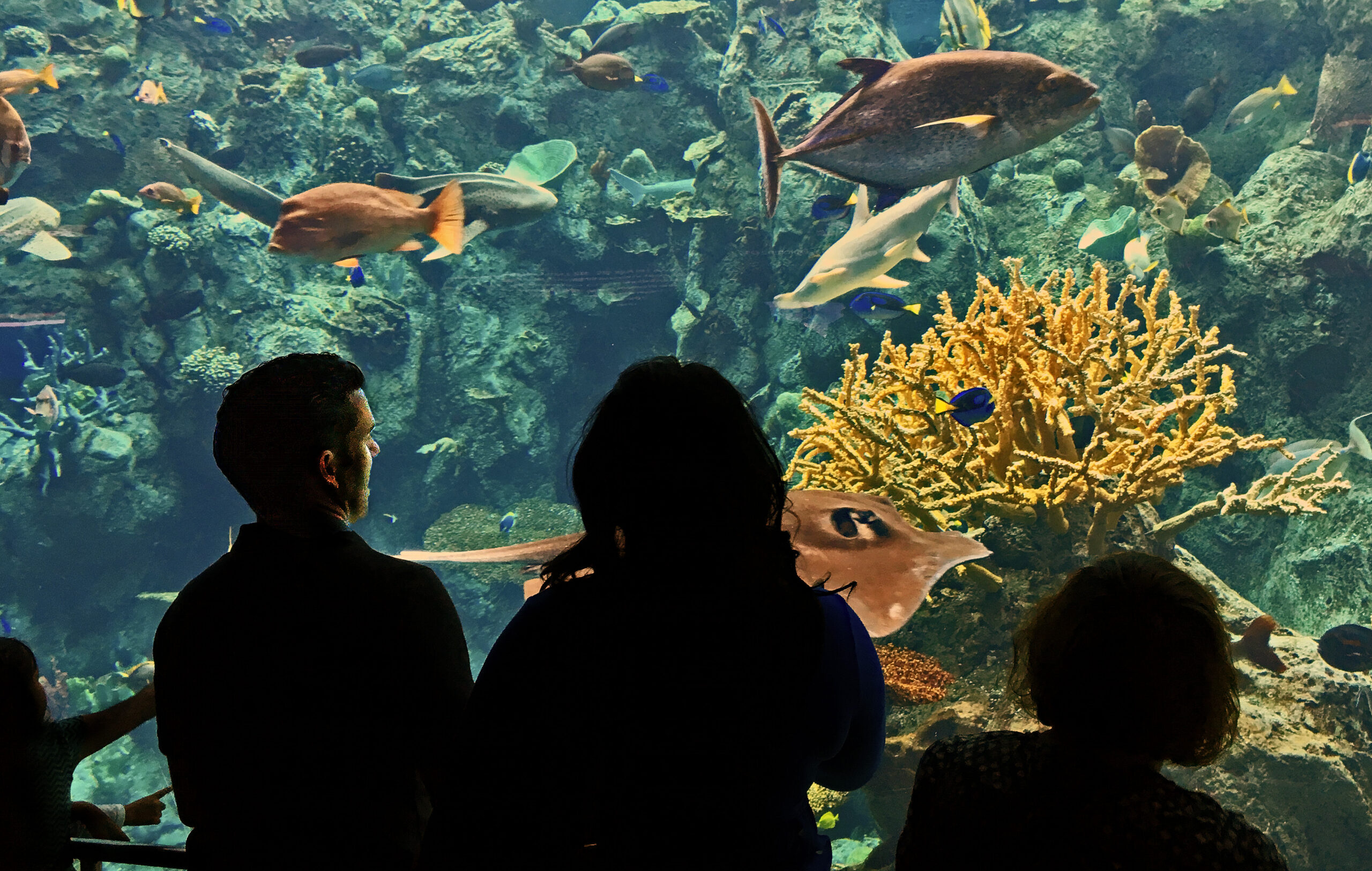
U.S. landfills are drowning in an ocean of waste. While mismanagement of waste is harmful to the environment as a whole, it poses a particular threat to marine life. Plastic…

Protecting California’s water resources has never been more important. Climate change is pushing weather patterns to extremes, with scientists predicting increased floods and drought in California’s future. These events threaten…
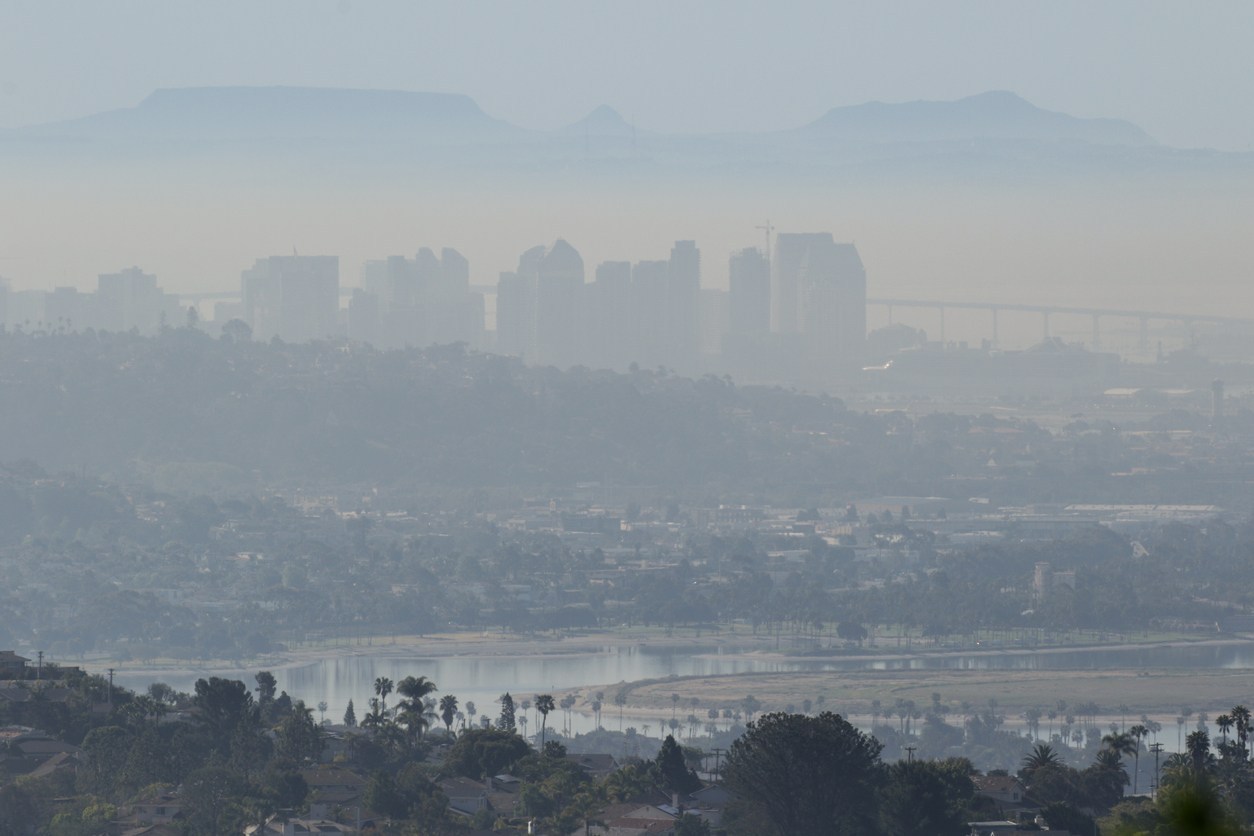
California is recognized as a global leader in addressing the climate crisis. In 2006, the California State Legislature passed Assembly Bill 32, requiring statewide greenhouse gas (GHG) emissions to reach…

The United States is the second largest global emitter of greenhouse gasses. Roughly 27 percent of the U.S.’ total emissions stem from production of electricity — second only to the…
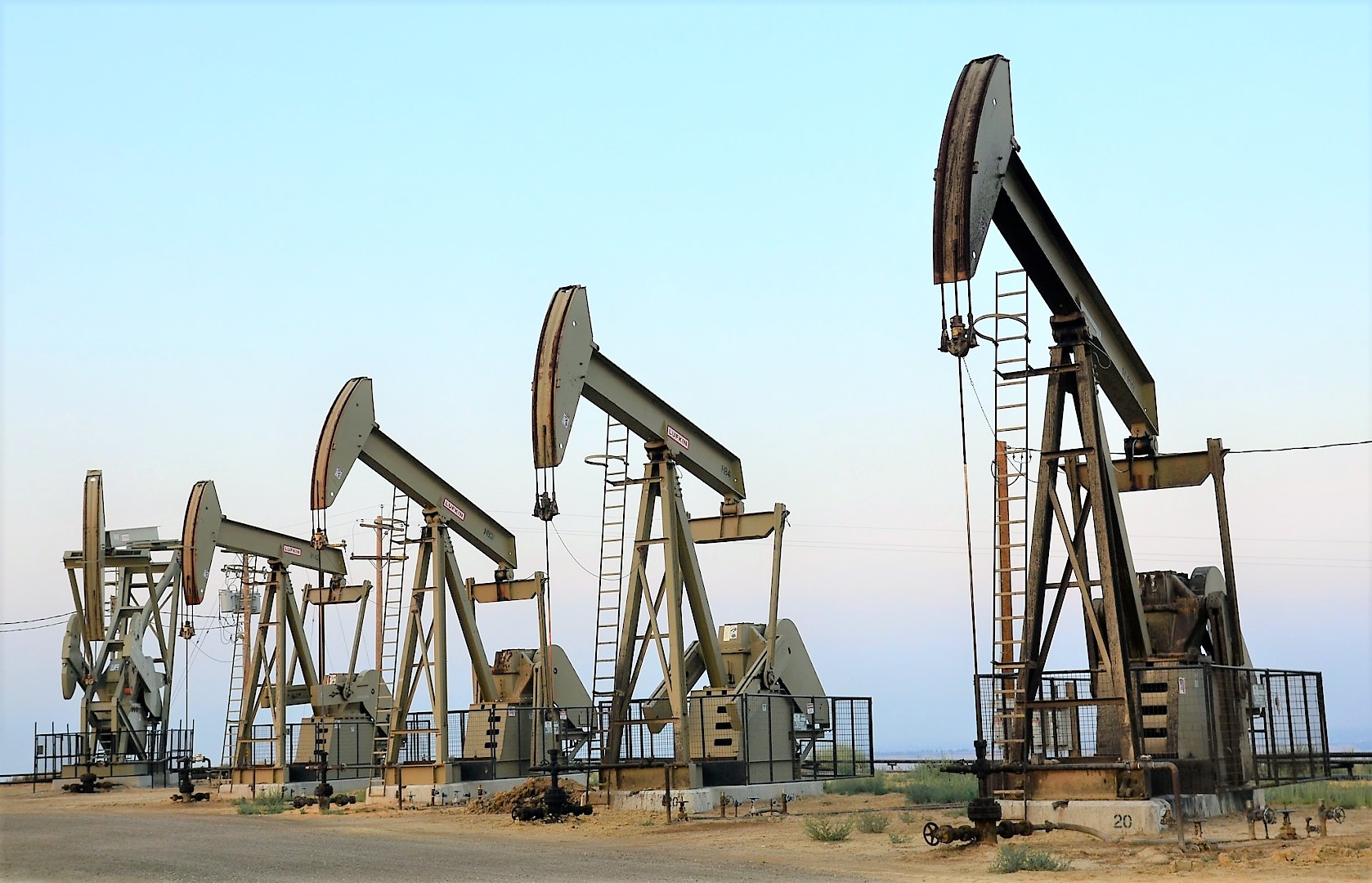
As existing oil and gas reserves dwindle, producers increasingly rely on well stimulation treatments, such as hydraulic fracturing or “fracking,” acid fracturing, and matrix acidizing, to extract remaining reserves. These…

A U.S. Department of Energy Funded Project to Understand the Demographic Impacts of Solar Energy Sites on Migratory Bird Populations Increased solar energy production is a critical element of efforts…

Where is the best place to put solar panels in your neighborhood? The solar opportunity map is a web tool built to assist community-based organizations to access data necessary to identify high potential sites for community solar or resiliency centers within LA County.

Awardee: Vivien Enriquez, Ph.D. student in the Yeh Laboratory. Vivien's interests incorporate animal behavior, animal host-bacteria interactions, and environmental change.

Awardee: Maura Palacios, Postdoctoral Scholar in the Wayne Lab. Maura's projects use eDNA to assess species assemblages in the Mojave Desert Springs, a threatened ecosystem and to explore microbial community changes in relation to hazardous materials at Brownfield sites throughout Southern California, for potential bioremediation practices.
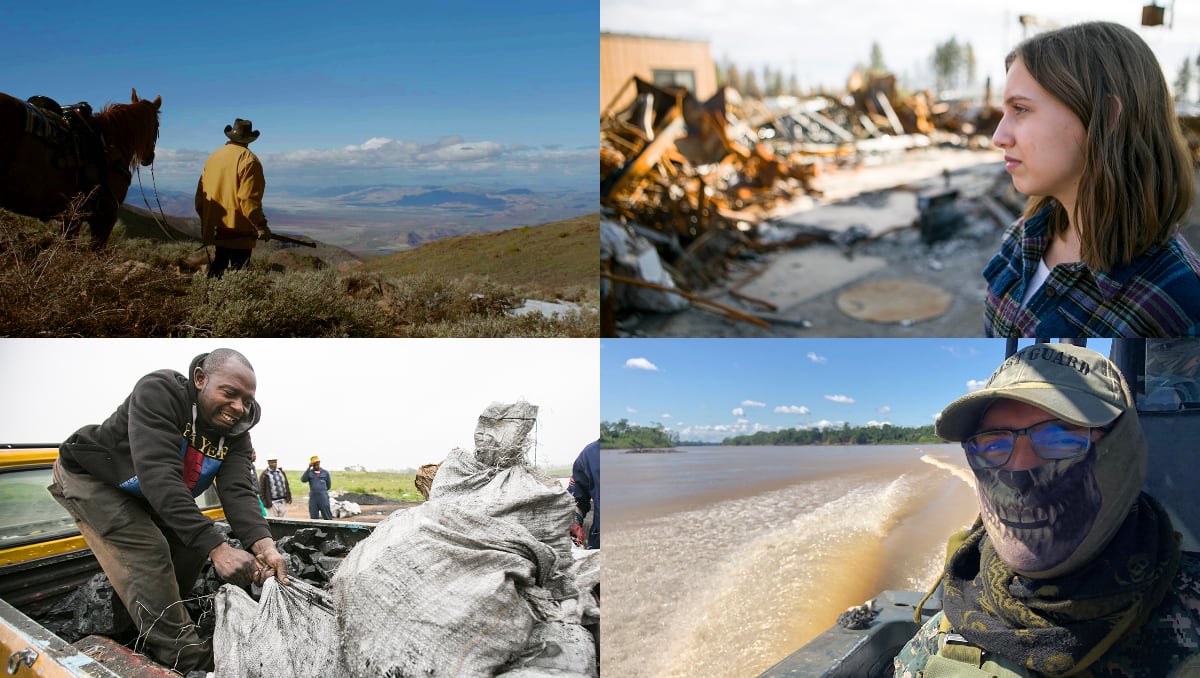
LENS has partnered with KCET, the nation's largest independent public media company to produce engaging, research-driven environmental stories.